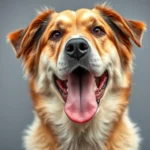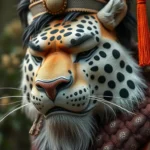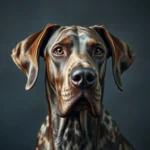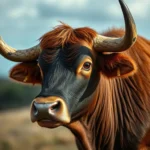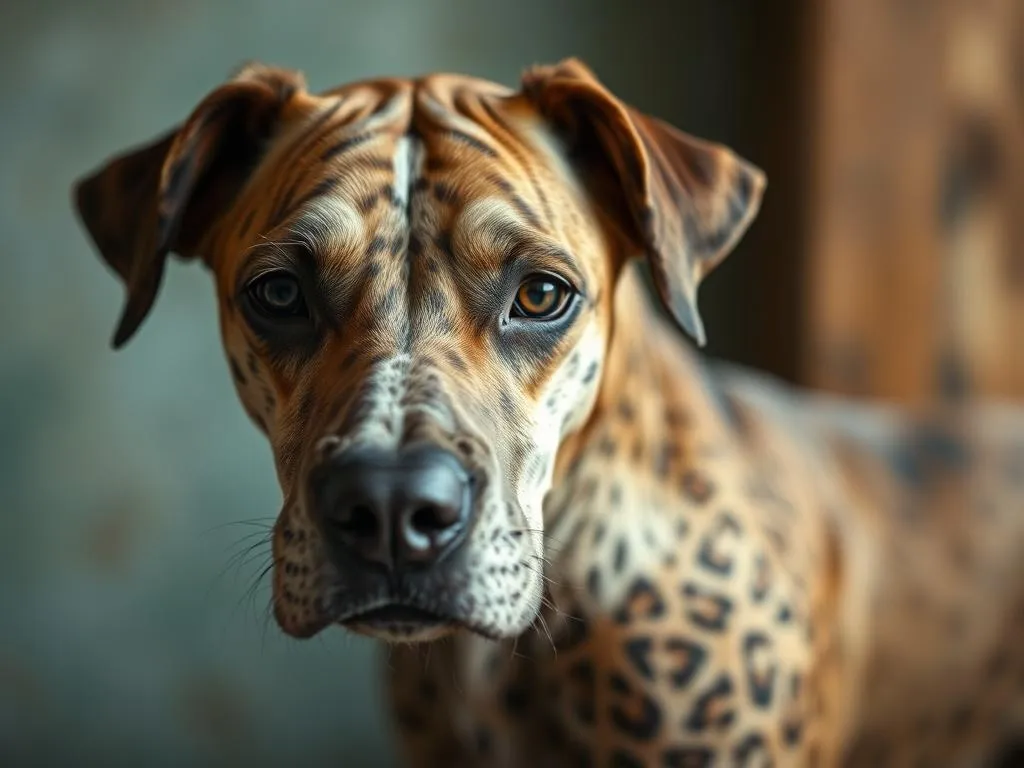
Introduction
Dog breeds are diverse and fascinating, showcasing the incredible variety of traits, sizes, and behaviors found in canines. Each breed has its own unique characteristics, developed over centuries through selective breeding practices. Among these breeds, the Old Danish Pointer stands out as a remarkable example of a versatile hunting and companion dog. This article will explore the history, physical characteristics, temperament, care requirements, and more about this captivating breed.
History of the Old Danish Pointer
Origins
The Old Danish Pointer has a rich history rooted in Denmark, where it was initially bred for hunting purposes. Its ancestry can be traced to the 18th century when hunters sought a dog that was not only capable of pointing game but also had a friendly disposition. The breed’s development involved a mix of various European hunting breeds, resulting in a dog that is both agile and intelligent.
Evolution of the Breed
Over the years, breeding practices for the Old Danish Pointer evolved significantly. Initially, the focus was on enhancing its hunting capabilities, particularly in tracking and retrieving game. As the breed gained popularity, influences from other breeds played a role in shaping its characteristics. For instance, the infusion of traits from breeds such as the German Pointer contributed to its versatility and adaptability in different hunting environments.
Recognition
The journey toward official recognition for the Old Danish Pointer has been gradual. The breed was first recognized by the Danish Kennel Club in the early 20th century. Since then, it has garnered the attention of various international kennel clubs, allowing it to gain a more significant following among dog enthusiasts and hunters alike.
Physical Characteristics
Size and Build
The Old Danish Pointer typically stands between 20 to 26 inches tall at the shoulder, with males generally being larger than females. Their weight ranges from 45 to 70 pounds, depending on their size and build. This breed is known for its athletic and muscular physique, which is essential for its role as a hunting dog.
Coat and Color
The coat of the Old Danish Pointer is short, dense, and weather-resistant, making it suitable for various climates. Common color patterns include a combination of white, brown, and black, often with distinctive markings that can vary from one dog to another. The breed’s coat requires minimal grooming, which is a plus for many dog owners.
Distinctive Features
One of the most distinguishing features of the Old Danish Pointer is its elegant head and long, slender neck. The breed has expressive eyes that convey intelligence and warmth. Its ears are medium-sized and hang close to the head, while the tail is typically docked or left natural, depending on regional practices.
Temperament and Behavior
General Temperament
The Old Danish Pointer is known for its friendly and sociable nature. These dogs are typically affectionate with their families and can be quite playful. They tend to get along well with children and other pets, making them excellent family companions. However, they also possess a strong prey drive, which should be managed through training and socialization.
Intelligence and Trainability
Highly intelligent, the Old Danish Pointer is eager to learn and respond well to training. Early socialization and obedience training are crucial to help them develop into well-rounded adults. Positive reinforcement techniques, such as treats and praise, are particularly effective with this breed. They thrive on mental stimulation and are known to excel in various canine sports.
Exercise and Activity Level
As a hunting breed, the Old Danish Pointer requires a significant amount of exercise. Daily walks, runs, and play sessions are essential to keep them physically and mentally stimulated. Engaging in activities such as fetch or agility training can also be beneficial. It’s recommended that they receive at least an hour of vigorous exercise each day to maintain their health and happiness.
Health and Care
Common Health Issues
Like all breeds, the Old Danish Pointer is prone to certain health conditions. Common issues include hip dysplasia, ear infections, and allergies. Regular veterinary check-ups and preventive care can help address these concerns early. Responsible breeding practices are essential to minimize the risk of hereditary health issues.
Nutrition
Proper nutrition is vital for the overall health of the Old Danish Pointer. They thrive on high-quality dog food that meets their specific dietary needs. A balanced diet rich in protein, healthy fats, and essential vitamins helps maintain their energy levels and coat condition. It’s important to monitor their weight and adjust their food intake accordingly, as obesity can lead to various health problems.
Grooming Needs
The grooming needs of the Old Danish Pointer are relatively low due to their short coat. Regular brushing can help remove loose hair and reduce shedding. Bathing should be done as needed, typically every few months or when they become particularly dirty. Additionally, regular nail trimming and dental care are essential parts of their grooming routine.
Living with an Old Danish Pointer
Ideal Living Conditions
The Old Danish Pointer is best suited for homes with ample space for exercise. While they can adapt to apartment living, access to nearby parks or open areas for walks and playtime is crucial. A secure yard is ideal for allowing them to roam freely while still being safe.
Family Compatibility
This breed is known for its friendly disposition, making it an excellent choice for families. They are generally good with children and can form strong bonds with family members. Early socialization with other pets is important to ensure they coexist peacefully. Their gentle nature typically allows them to thrive in a family environment.
Training and Socialization
Early training and socialization are essential for the Old Danish Pointer. Introducing them to various environments, people, and other animals will help them develop confidence and good behavior. Enrolling in puppy classes can be beneficial for first-time dog owners, providing structured training and socialization opportunities.
Adoption and Purchase Considerations
Finding a Breeder
When looking to bring an Old Danish Pointer into your life, finding a reputable breeder is crucial. Research breeders who prioritize health testing and proper breeding practices. Ask questions about the puppies’ lineage, health screenings, and socialization efforts. A responsible breeder will be open and transparent, providing you with all the necessary information.
Adoption Options
Adoption is another fantastic option for those interested in the Old Danish Pointer. Many rescues and shelters may have this breed available for adoption. Adopting a dog not only gives them a second chance at life but also can be a rewarding experience for the new owner. It’s essential to consider the benefits of adopting versus buying from a breeder, as adoption fees are often lower than purchase prices.
Cost of Ownership
The initial cost of acquiring an Old Danish Pointer, whether through purchase or adoption, can vary. Adoption fees typically range from $100 to $300, while purchasing from a breeder can range from $800 to $2,000. Beyond the initial costs, ongoing expenses such as food, grooming, veterinary care, and training should also be factored into your budget as a prospective owner.
Conclusion
The Old Danish Pointer is a delightful breed that combines a rich history with an engaging personality. Known for their friendly temperament, intelligence, and adaptability, they make excellent companions for active families or individuals. With proper care, training, and socialization, these dogs can thrive and bring joy to their owners. If you’re considering adding a dog to your family, the Old Danish Pointer is certainly worth your attention.
FAQs
What are the exercise needs of an Old Danish Pointer?
Old Danish Pointers require at least an hour of vigorous exercise daily. Activities such as running, fetching, and agility training are great for keeping them physically and mentally stimulated.
How long do Old Danish Pointers typically live?
The average lifespan of an Old Danish Pointer is around 12 to 15 years, depending on their overall health and care.
Are Old Danish Pointers good with children?
Yes, Old Danish Pointers tend to be friendly and affectionate with children, making them excellent family companions when properly socialized.
What is the average cost of an Old Danish Pointer?
The cost to acquire an Old Danish Pointer can vary significantly, with adoption fees ranging from $100 to $300 and purchase prices from $800 to $2,000 from reputable breeders.


